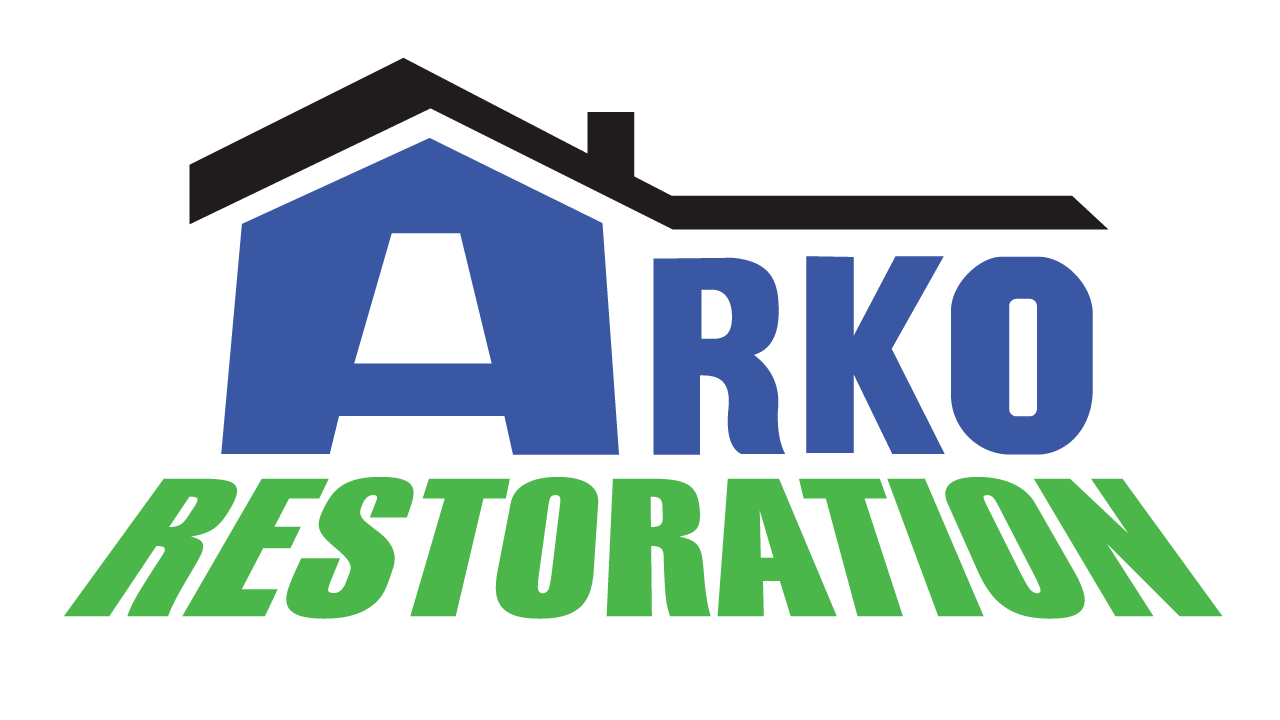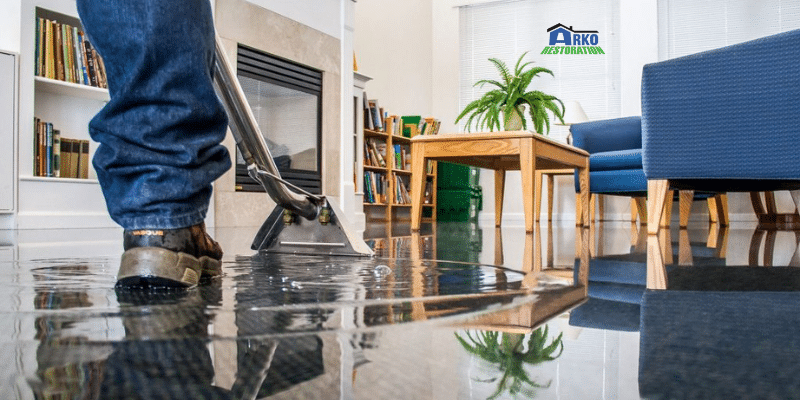Water damage can wreak havoc on your home or business, causing structural issues, mold growth, and significant financial burdens. Whether it’s a burst pipe, a leaking roof, or a natural disaster, water damage is a serious threat that requires proactive measures to prevent and mitigate. Fortunately, there are steps you can take to safeguard your space and minimize the risk of water-related disasters.
In this blog, we’ll explore expert tips for preventing and mitigating water damage in your home or business. From routine maintenance tasks to emergency preparedness strategies, we’ll cover everything you need to know to keep your property safe and secure. Whether you’re a homeowner, a property manager, or a business owner, these tips will help you protect your investment and maintain peace of mind. So let’s dive in and learn how to keep water damage at bay.
1. Conduct Regular Inspections:
Regular inspections of your property can help you identify potential issues before they escalate into major problems. Pay close attention to areas prone to water damage, such as basements, crawl spaces, attics, and around plumbing fixtures. Look for signs of leaks, moisture buildup, and water stains on walls, ceilings, and floors. Inspect your roof for missing or damaged shingles, as well as clogged gutters and downspouts that can cause water to pool and seep into your home or business.
2. Maintain Your Plumbing System:
A well-maintained plumbing system is essential for preventing water damage. Insulate exposed pipes to protect them from freezing during cold weather, which can lead to burst pipes and water leaks. Replace worn-out seals, gaskets, and fittings to prevent leaks around faucets, toilets, and appliances. Consider installing water leak detection devices that can alert you to potential problems before they escalate.
3. Monitor Water Usage:
Monitoring your water usage can help you detect leaks and identify inefficiencies in your plumbing system. Keep an eye on your water bill for unexpected spikes in usage, which could indicate a hidden leak. Consider installing water-efficient appliances and fixtures to reduce the risk of water damage and lower your utility bills.
4. Seal Cracks and Gaps:
Sealing cracks and gaps in your home or business can help prevent water intrusion and improve energy efficiency. Use caulk or weatherstripping to seal gaps around windows, doors, and foundation walls. Inspect exterior walls for cracks and gaps where water can seep in during heavy rain or flooding. Consider waterproofing vulnerable areas, such as basements and crawl spaces, to create an additional barrier against water intrusion.
5. Properly Maintain Your Roof:
Your roof plays a crucial role in protecting your property from water damage. Inspect your roof regularly for signs of damage, such as missing or damaged shingles, deteriorating flashing, and sagging or clogged gutters. Trim overhanging branches to prevent them from damaging your roof during storms. Schedule professional roof inspections and maintenance to address any issues promptly and prolong the lifespan of your roof.
6. Install Sump Pumps and Backwater Valves:
Sump pumps and backwater valves can help mitigate the risk of water damage in basements and low-lying areas prone to flooding. Install a sump pump in your basement to remove excess water and prevent groundwater from seeping into your home during heavy rainstorms. Consider installing a backwater valve in your sewer line to prevent sewage backups and water intrusion during periods of heavy rainfall or flooding.
7. Develop an Emergency Plan:
Developing an emergency plan can help you respond quickly and effectively to water-related disasters. Create a comprehensive emergency preparedness plan that outlines steps to take in the event of a flood, leak, or other water-related emergencies. Identify emergency contacts, such as plumbers, restoration companies, and insurance agents, and keep their contact information readily available. Practice emergency drills with your family or staff to ensure everyone knows what to do in an emergency situation.
8. Invest in Flood Insurance:
Flood insurance can provide financial protection against water damage caused by natural disasters, such as hurricanes, storms, and floods. Even if you don’t live in a high-risk flood zone, it’s essential to consider purchasing flood insurance to safeguard your property and belongings. Review your insurance coverage regularly to ensure you have adequate protection against water damage and other perils.
9. Install Water Leak Detection Systems:
Water leak detection systems can provide an added layer of protection against water damage by alerting you to leaks and moisture buildup before they cause significant harm. These systems use sensors to detect abnormal levels of moisture in areas prone to leaks, such as basements, bathrooms, and kitchens. When a leak is detected, the system sends alerts to your smartphone or a centralized monitoring system, allowing you to take immediate action to address the issue.
10. Elevate Electrical Systems and Appliances:
Elevating electrical systems and appliances can help prevent water damage in the event of flooding or water intrusion. Install electrical outlets, switches, and circuit breakers at least one foot above the expected flood level to reduce the risk of electrical hazards. Elevate water heaters, furnaces, and other appliances on platforms or stands to keep them out of harm’s way during floods or leaks.
11. Landscape with Water Management in Mind:
Landscaping can either help prevent or exacerbate water damage depending on its design and implementation. Grade your yard away from your home’s foundation to prevent water from pooling around the building and causing structural damage. Use porous materials for walkways and driveways to allow rainwater to infiltrate the soil rather than runoff into storm drains. Incorporate rain gardens, swales, and retention ponds to capture and manage rainwater runoff on your property.
12. Store Valuables Safely:
Protect valuable belongings and important documents from water damage by storing them in waterproof containers or safes. Keep important documents, such as insurance policies, passports, and birth certificates, in a secure, waterproof location that is easily accessible in the event of an emergency. Consider storing valuables on upper floors or in elevated areas to minimize the risk of water damage during floods or leaks.
13. Educate Yourself and Others:
Education is key to preventing water damage and responding effectively to emergencies. Take the time to educate yourself and your family or staff about the risks of water damage and the steps they can take to mitigate them. Teach everyone how to shut off the water supply in case of a leak or burst pipe and how to safely evacuate the property during a flood or other water-related disaster. Stay informed about local weather conditions and flood risks in your area, and take proactive measures to protect your property accordingly.
14. Act Quickly in the Event of Water Damage:
In the event of water damage, acting quickly is essential to minimize the extent of the damage and prevent mold growth and other secondary issues. If you discover a leak or flood, shut off the water supply immediately and begin removing standing water using pumps, wet vacuums, or buckets. Thoroughly dry affected areas using fans, dehumidifiers, and heaters to prevent mold and mildew growth. Contact a professional water damage restoration company to assess the damage and provide remediation services as soon as possible.
Conclusion:
Water damage is a pervasive and costly problem that can have devastating consequences for homeowners and businesses. By following these expert tips for preventing and mitigating water damage, you can minimize the risk of water-related disasters and protect your property investment. From conducting regular inspections to investing in flood insurance, proactive measures can go a long way in keeping your space safe and secure. Stay vigilant, stay prepared, and stay protected against water damage.

